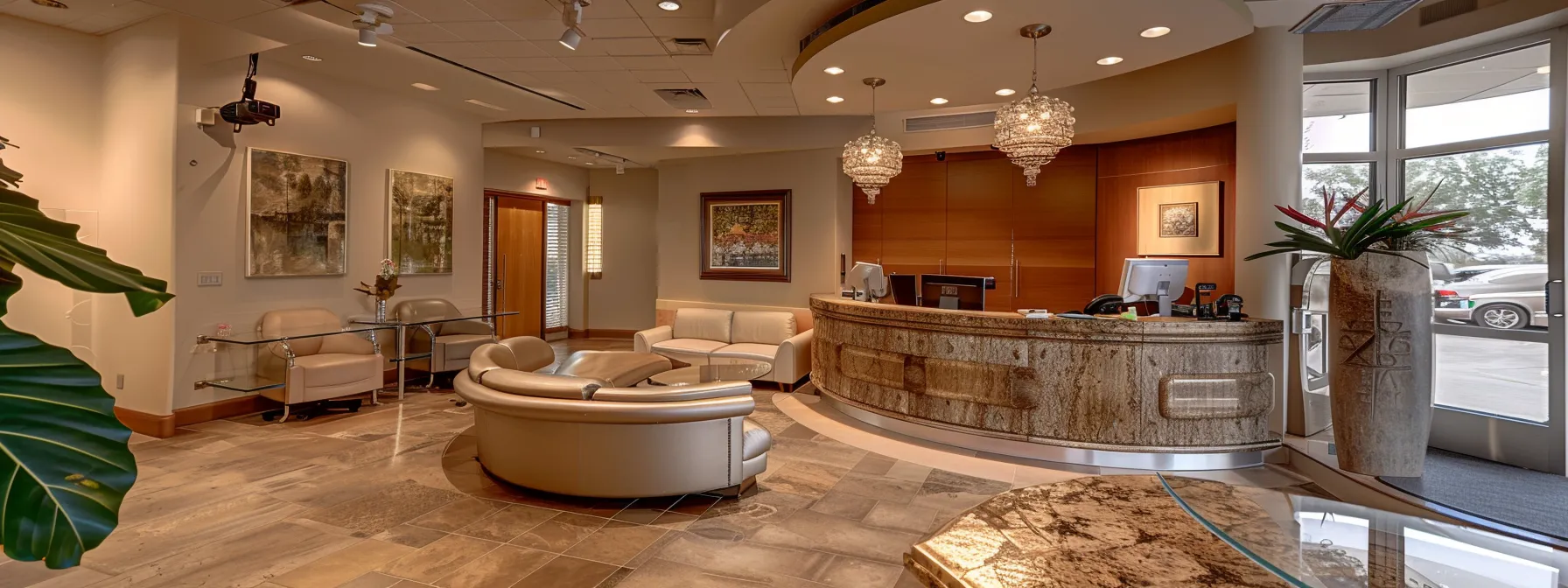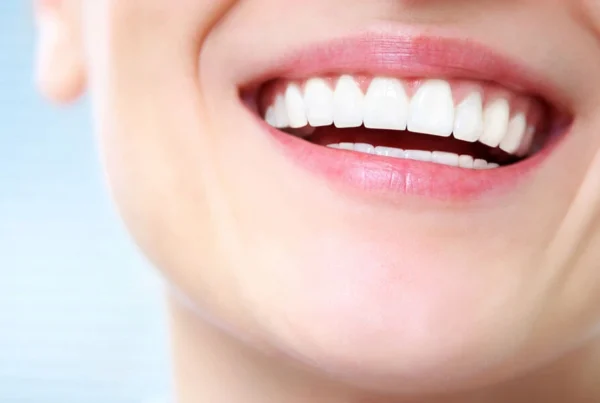The necessity of veneer replacement stems from their limited life expectancy, the evolution of dental technologies, and personal aesthetic values. A prudent approach to this inevitability ensures the enduring health and beauty of one’s smile.
The natural deterioration of veneers is an expected outcome. Daily activities such as chewing food, conversing, or oral care routines subject veneers to physical forces and environmental factors that gradually reduce their structural integrity and appearance. This wear leads to an anticipated need for veneer renewal to restore both function and aesthetics, ensuring that the smile remains at its best.
The dental industry’s constant innovation means that new veneers typically surpass older models in both looks and lifespan. As materials and procedures improve, updating to the latest veneer technology can enhance a smile’s appearance and offer a sturdier solution that withstands the demands of everyday use more effectively.
The impetus for veneer replacement often transcends clinical need. Social expectations and personal desires for a certain image or confidence level can drive individuals to seek veneer upgrades. The psychological impact of one’s smile on self-confidence and social perception is a significant, non-medical factor influencing the timing of veneer renewal.
Recognizing Early Warning Signs
Timely identification of the need to replace veneers is essential for maintaining oral health and preserving the aesthetic appeal of a smile. It involves being vigilant about subtle changes that may indicate serious underlying issues.
Microscopic fractures in veneers are early warning signs often overlooked. These tiny cracks may not be immediately noticeable but can compromise the veneer’s integrity. Left unchecked, these seemingly minor fissures can allow bacteria to penetrate and cause decay, which is why patients must vigilantly look for any surface irregularities, even if they’re not causing immediate discomfort.
Problems with the veneer’s bonding to the tooth surface often manifest as discoloration along the edges or a visible detachment. Dentists near you and patients should consistently monitor the interfaces between natural teeth and veneers, which can reveal issues with the adhesive used:
- Microscopic Fractures: Tiny cracks that may not be immediately visible but compromise veneer integrity
- Bonding Problems: Discoloration or detachment along edges indicating adhesive failure
- Increased Sensitivity: New sensitivity to temperature or pressure signals potential veneer failure
- Surface Irregularities: Any changes in texture or appearance that weren’t present before
A change in oral sensitivity is another red flag. Increased sensitivity to hot, cold, or pressure when biting down, experiences not previously noted, are indicative of veneer failure. These sensations can signal that the veneer might no longer be providing the protective or functional benefit it once did.
Benefits of Advanced Veneer Technology
Keeping current with technology and material advancements is a game-changer in the veneer replacement process, elevating the overall dental experience by improving the functionality and aesthetics of these prosthetics.
Advances in digital design software stand out as a key technological breakthrough. This software enables dentists to craft veneers with precision previously unattainable, ensuring a fit that is in perfect harmony with the patient’s existing dentition. The result is not just an enhanced comfort level for the wearer but also a look so natural it’s virtually indistinguishable from real teeth.
The evolution of materials used in the manufacturing of veneers has greatly improved their resilience. Modern veneers are now far superior to their predecessors in withstanding the common threats of chipping and staining. This inherent strength ensures they remain pristine and functional over a more extended period, which translates to fewer replacements and better long-term appearance preservation.
The choice to replace veneers is becoming increasingly informed by these advancements. Patients and dentists alike recognize the value in upgrading not merely for the sake of newness but for the tangible benefits that the latest innovations in veneers provide, from better matches to natural teeth contours to extended longevity and aesthetic appeal.
Understanding Personal and Social Motivations
The impetus to replace veneers often stems from societal expectations and personal psychological motivations, shaping our perceptions of beauty and self-worth. While the condition of veneers matters, the social and emotional factors carry substantial weight in the decision to replace them.
The impact of societal trends can be profound, especially in regions where a flawless appearance is important. In such communities, a bright, flawless smile is not just nice to have; it’s considered a necessity. The pressure to conform to this ideal can be intense, making smile aesthetics a top priority and frequently leading to the replacement of veneers as part of routine beauty maintenance.
On a personal level, the link between dental aesthetics and self-esteem is undeniable. A smile is often seen as a reflection of vitality and youthfulness, and maintaining this perception can be critical for an individual’s confidence. When veneers no longer provide the desired image, the motivation to replace them becomes a deeply personal choice aimed at aligning one’s outer appearance with their inner sense of self.
Life events such as weddings, reunions, or career milestones often trigger a reassessment of one’s image, with a renewed smile being a key aspect of this renewal. The drive to look one’s best for these significant moments frequently leads to the decision to invest in new veneers, underlining the strong connection between our social lives and our smile satisfaction.
Modern Replacement Solutions
In the realm of cosmetic dentistry, successful veneer replacement depends on utilizing cutting-edge technology coupled with a personalized approach. This ensures both precision in appearance and alignment with individual patient expectations.
The precision afforded by digital imaging and fabrication technologies is revolutionary. Dentists are now able to map and craft veneers that mirror the contours and color of a patient’s natural teeth with astonishing accuracy. Such custom engineering guarantees that the new veneers not only seamlessly blend in but also fulfill the patient’s vision for their smile.
The inclusion of a provisional veneer fitting stage provides an invaluable opportunity for patient involvement. During this phase, patients can experience a trial run of their veneers and participate in the fine-tuning process:
- Digital Precision: Advanced imaging creates veneers that perfectly match natural tooth contours and color
- Provisional Fitting: Trial period allows patients to experience and refine their new veneers
- Patient Feedback: Iterative process incorporates patient input for optimal satisfaction
- Personalized Approach: Tailored treatment plans address individual aesthetic goals and needs
The iterative nature of this process, by continually soliciting and applying patient feedback, significantly heightens patient satisfaction and fosters stronger patient-dentist relationships.

Knowing When Replacement Is Necessary
Establishing clear criteria for when to replace veneers is essential in preserving not only the aesthetics of a patient’s smile but also their overall oral health. It is vital to know when to act to ensure both beauty and well-being are maintained.
The most immediate sign warranting veneer replacement is evident structural damage. If veneers are fractured or broken, their functionality is compromised, which often leads to discomfort or even injury to the patient’s mouth. Such damages are unmistakable cues that require urgent attention to restore the integrity and effectiveness of the dental prosthetic.
Beyond functionality, the appearance of the veneers is equally important. Discoloration or an otherwise diminished aesthetic quality can profoundly affect a person’s social confidence. In cases where the shine and color no longer match the natural teeth or the client’s expectations, veneer replacement becomes necessary to uphold the value of a person’s image and self-assuredness.
Any indication of potential health issues like gum inflammation or the onset of decay at the veneer margins calls for an immediate review. These symptoms can escalate into more problematic conditions if neglected, signifying an urgent need for intervention not just from a cosmetic standpoint but for preventative care too.
Expert Guidance at Beverly Hills Aesthetic Dentistry
Selecting a skilled cosmetic dentist for veneer replacement is important; it should be based on a demonstrated track record and proven expertise to ensure the best possible results for the patient.
A thorough review of a dentist’s portfolio revealing past veneer procedures serves as a testament to their proficiency. It offers a visual timeline of the quality and consistency of their work. When patients can witness firsthand the sustained success of veneer replacements that a dentist has achieved, it provides a foundation of trust and expectation for what they can anticipate for their own procedure.
Beverly Hills Aesthetic Dentistry serves as an example in this field, with their patient-centric methodology making them stand out. Their approach is not solely about applying their advanced clinical skills but also encompasses ensuring a thorough understanding and satisfaction with the outcome. The result is a patient experience that is enveloped in care, skill, and attention to detail throughout the entire replacement journey.
Support goes beyond the procedure itself, as an integral part of the service includes comprehensive patient education. By informing patients about the details of their veneer lifecycle, the practice empowers them to participate actively in the maintenance and decision-making process regarding their dental health.
Extending the Life of Your Veneers
To ensure the longevity of veneers, it is critical to implement a set of best practices that encompass daily oral hygiene, lifestyle management, and routine dental care. Adhering to these practices can substantially prolong the period between replacements.
Maintaining high standards of daily oral care is the first line of defense in veneer preservation. Regular and proper brushing and flossing remove accumulations of plaque and debris, which, if neglected, could lead to decay that undermines the stability of veneers. A strict oral hygiene routine plays a vital role in preserving both the health of the underlying teeth and the structural integrity of the veneers.
Consciously adjusting lifestyle habits forms another essential aspect of veneer upkeep. Reducing the consumption of foods that are hard or have high staining potential minimizes the risk of veneer damage and discoloration. Similarly, avoiding detrimental habits like nail-biting or using teeth as tools can prevent unnecessary chips or cracks.
The importance of regular professional dental visits cannot be overstated. Scheduled cleanings and check-ups with a dentist allow for the early detection and correction of potential issues that could shorten a veneer’s lifespan. These sessions, coupled with the dentist’s feedback on home care and lifestyle habits, ensure a well-rounded approach to preserving the condition and aesthetic of veneers over time.
Your Investment in Lasting Beauty
Veneer replacement stands as a cornerstone procedure in cosmetic dentistry, essential not just for restoring smiles but for enhancing dental health and personal self-image. A comprehensive understanding of the process and collaborative patient involvement are keys to maximizing the lifespan and satisfaction derived from the investment.
Veneer replacement does more than just refresh a worn appearance; it presents an opportunity to reinforce oral health. With each replacement, the latest advancements in dental care are employed, ensuring that both the aesthetic appeal and the wellness of the teeth are addressed, thus supporting a healthier oral environment. This process also underscores the value of personalized patient education, as informed patients can make decisions that align with both their health needs and aesthetic goals.
At Beverly Hills Aesthetic Dentistry, we understand that veneer replacement is more than just a cosmetic procedure – it’s an investment in your confidence, oral health, and quality of life. Contact Beverly Hills Aesthetic Dentistry today to schedule your comprehensive consultation and experience how our expertise and patient-centered approach can give you the stunning, long-lasting smile you deserve.
Don’t wait to transform your smile! Schedule a consultation with the best dentist in Beverly Hills, CA, Dr. Jamielynn Hanam-Jahr. Your journey to a brighter, more confident smile starts here.
Schedule Your Consultation Today!
Beverly Hills Aesthetic Dentistry
Get Directions Here 435 N Bedford Dr #414, Beverly Hills, CA 90210
See More Reviews From Beverly Hills Aesthetic Dentistry. View information about local places in our community. Get driving directions to Beverly Hills Aesthetic Dentistry.
Frequently Asked Questions
How do I know if my veneers need replacing?
Look for signs like cracks, discomfort, or changes in color. These symptoms suggest your veneers may be worn out and it’s time to consider replacement for optimal dental health and aesthetics.
Will new veneers look and feel better than my old ones?
Absolutely, advancements in dental technology ensure that new veneers are more comfortable, durable, and natural-looking than ever, providing you with an enhanced smile and overall experience.
Is veneer replacement a lengthy or painful process?
Not at all. With modern dental techniques, veneer replacement is a streamlined and minimally uncomfortable procedure aimed at improving your smile with efficiency and the utmost care for your comfort.




